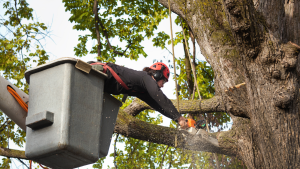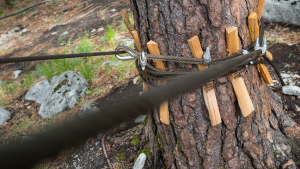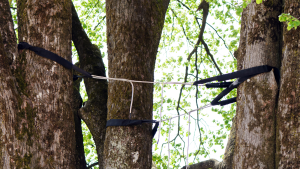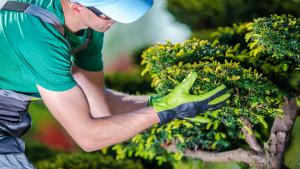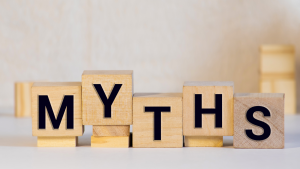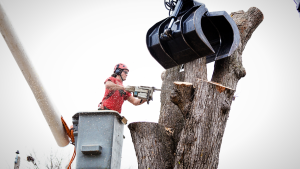Healthy, well-kept trees can boost the value of your property in addition to beautifying your home. But if a tree or large limb falls, it might damage property, injure people, or at the very least make a mess that nobody wants to deal with.
So who is accountable for all expenses following a tree fall? Who is responsible if a tree falls and harms someone or damages their property? Do you need to have a fallen tree removed, or does your neighbor?
Who is Liable for a Fallen Tree?
Before you can decide who is responsible for paying for the costs of damage brought on by a fallen tree and its removal, there are a few points to keep in mind:
Cause of the Fall
There are numerous variables that might cause a tree to fall, some of which are just beyond our control, while others are entirely preventable with appropriate maintenance.
Natural Factors
Many environmental phenomena, such as strong winds, snowstorms, hurricanes, or any other unforeseen natural occurrences, fall under this category.
Negligence
This can apply to any situation in which a tree wasn’t taken care of correctly. This can include failing to correctly prune or trim the branches, ignoring pest infestation warning signals, or failing to check the tree for illness or disease.
Owner of the Tree
It might not be totally clear who the tree actually belongs to if you live close to your neighbors or if there are several trees in the area.
Yours
A tree is deemed to be yours if its trunk grows on your property’s perimeter. If the trunk of the tree is rooted on your property, it belongs to you regardless of how much of it grows into your neighbor’s land.
Your Neighbor
The tree is your neighbor’s if the trunk is firmly planted inside the boundaries of their land.
Shared
Both you and your neighbor are equally responsible for a tree whose trunk grows directly on the boundary line between your properties or between two properties as a “border tree.”
Can My Insurance Cover the Costs of the Fallen Tree?
There are a few elements that can influence whether your homeowner’s insurance will pay for the expenditures involved with a tree falling on your property, albeit it will inevitably depend on the insurance provider’s discretion:
You Are Covered When…
Your homeowner’s insurance will probably cover the expense of removal and damage if the tree fell due to natural reasons. Your homeowner’s insurance will normally cover 50% of any damage to a shared fence caused by a tree that falls on either your property or that of your neighbor due to natural causes, with your neighbor’s insurance covering the remaining 50%.
You Are NOT Covered When…
Your homeowner’s insurance probably won’t cover any costs for clean-up, removal, or repairs if the tree fell due to negligence, such as a lack of care and upkeep.
What If a Public Tree Falls on My Property?
Community officials are liable for the tree’s removal as well as all related expenditures if a tree from a nearby park or other public property falls on your home. Yet, you’ll probably have to rely on your homeowner’s insurance plan to pay for any repair expenses.
Can I Remove the Fallen Tree on My Own?
No. If you don’t have the right skills and experience, tree removal is one of the riskiest jobs you can take on. Although it’s tempting to try to tackle tree removal on your own, doing so safely and efficiently needs extensive training, specialized equipment, and the appropriate licensing.
You assume full responsibility for any damage or injury that occurs during tree removal, transportation, or disposal if you do it yourself or employ someone who is not a certified arborist.

